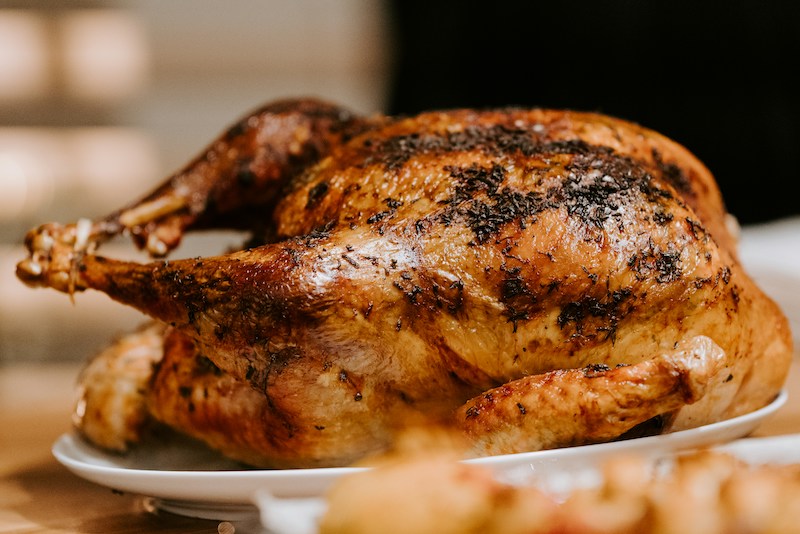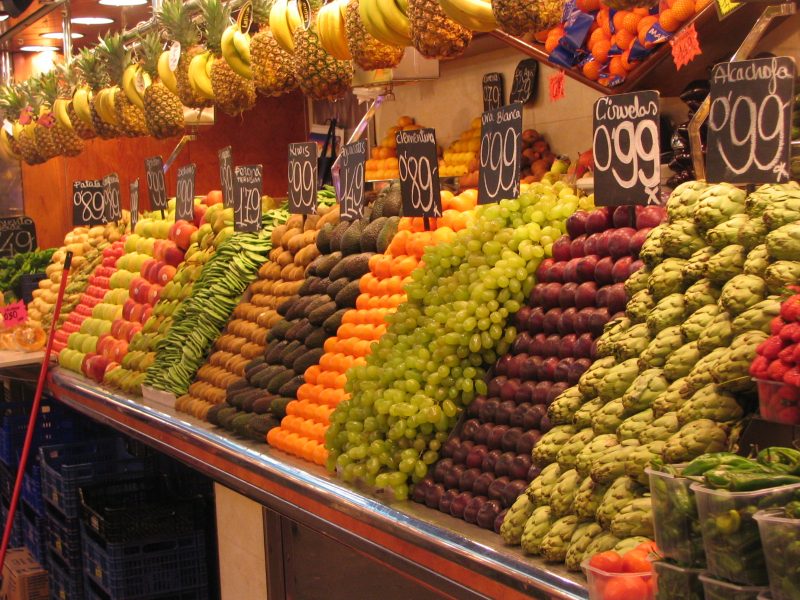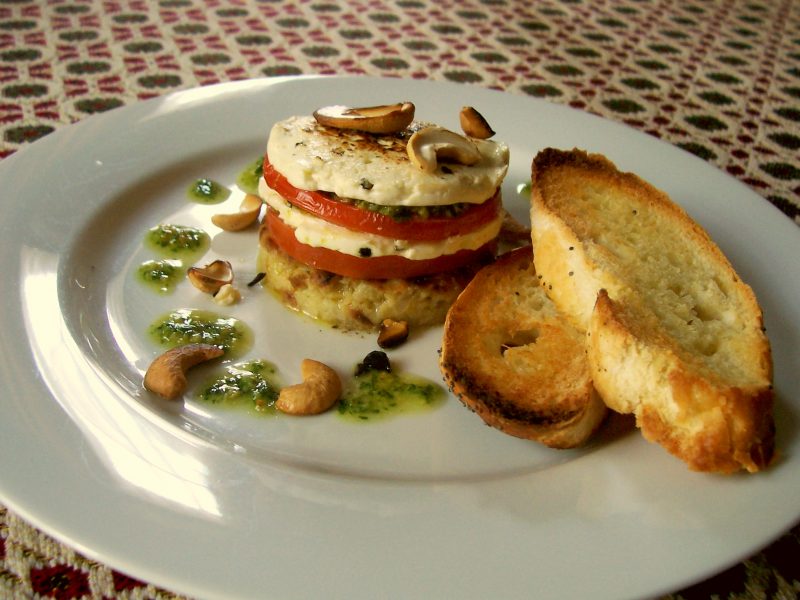Chicken Is A Global Culinary Element

Chicken Is A Global Culinary Element
Chicken is unarguably one of the most versatile and desired dishes in many countries across the globe simply because of its culinary value. From roasty roast chicken to spicy chicken curry, every palate has something juicy and different to relish because chicken offer a wide spectrum of flavors and textures to pick from. The cultural contexts and health benefits of the variety of chicken dishes that are found on our dining table are overwhelming.
History of chicken domestication
The chickens’ domestication history can be traced back millennia. Ancient people inhabiting Mesopotamia and Egypt were the first ones to raise them. Originally chickens were prized for their eggs and later they provided meat too. As a result, they were essential to the societies, both as a source of sustenance and a part of economic activities. Selective breeding was the process used as the cause of the breeding of a various breeds suited to specific purposes such as egg-laying hens and meaty broilers.
Nutritional elements and the health benefits
Chicken is famous for its nutritional value because it is rich in high-quality proteins, vitamins and minerals. A single serve of 100 grams chicken breast containing about 31 grams of protein which is a stellar protein source for those wishing to achieve their daily protein goal. On the other hand, the chicken skin contains high fat content. But if the skin is removed, the remaining chicken becomes a low-fat protein source with fewer calories. In addition to that, chicken is an excellent source of niacin, vitamin B6 along with phosphorus and selenium which are essential in protecting a person against several diseases. To give one example, niacin makes use of metabolism and it stimulates the nervous system while vitamin B6 is responsible for red blood cell production and immune function. In addition to that, phosphorus is crucial for bone strength and selenium acts as an antioxidant, thus preserving the integrity of the cells from damage.
Versatility in culinary applications
When it comes to creating mouthwatering dishes, chicken can be so versatile that it is difficult to imagine anything competing with it. No matter the way chicken is cooked, whether it is fried, grilled, buttered, or simmered in sauce, it becomes the darling of many cooking styles, making it a popular ingredient across the globe.
In American cuisine, classic dishes like fried chicken and chicken pot pie bring in nostalgic feelings while smoky flavored chicken tender cooked with barbecue sauce takes chicken lovers to the next level. Chicken, which is a staple in Asian cuisine, is styled differently in different regions as it is used in General Tso’s chicken from China, chicken tikka masala from India, and pad thai with chicken from Thailand, all of which underscore the richness of these countries’ culinary traditions. These dishes brilliantly reflect the diversity of ways chicken is incorporated into regional specialties.
Chicken dishes are the signature dishes in some France and Italian cuisine. For example, coq au vin chicken braised in red wine with mushrooms and onions, and chicken piccata featured by pieces of breaded chicken cutlets served with a delicate lemon-caper sauce . The Middle East is home to the delectable chicken shawarma. These are chunks of chicken which have been marinated to perfection and cooked over hot coals till its tender then served with light and fluffy pita bread and creamy tahini sauce.
Beef and chicken soups and stews, like comforting chicken noodle soup and spicy chicken curry, are found in all cuisines with chicken and beef as the main ingredients. Be it the crispiness of a chicken that is perfectly roasted or the delicate meat of a curry cooked for hours, chicken always tickles your taste buds and creates a bond between the people eating it.
Environmental and ethical considerations
Chicken remains the most chosen source of protein, however the questions about the environmental impact and the welfare of animals become a subject of discussions and debates about sustainable and ethical mass farming. In the poultry industry, chickens are kept under intensive conditions with lots of antibiotics use. Consequently, along with the pollution of water reservoirs and forests destruction, such problems as animal welfare and environmental problems are arising.
Conversely, the progress of free ranged chicken farming and the soil health-oriented methods is presented as an alternative to chicken products that put the issue of the animal welfare and environmental sustainability first. The chicken breed that has been raised in a pasture which is an outdoor activity and can forage for its food often lives healthily and develop meat that is usually found to be more flavorful, and nutritious. In fact, food consumers can also support sustainable methods by choosing those chicken products that are certified as organic, free-range, or pasture-raised, and this will invariably encourage favorite farming methods to put into practice that promote animal wellbeing and environmental conservation.
Conclusion
Chicken has been the favorite dish of people through years. It shows that it has got a lot of advantages such as versatility, good for health and wide distribution. Through the ages, the chicken has been transformed from a household bird to a worldwide culinary heritage. Currently, this phenomenon inspires all sorts of the food industry in every corner of the world. Whether in the form of the comfort of the customary homely meals, celebratory or festive feasts, or exotic cuisines, chicken as an ingredient is an object of cherishment because it brings humans together and satisfies their craving food curiosities with both its wonderful flavors and textures. Chicken will certainly live up to its reputation as a favorite protein in palates from all over the world, while trying to stand out in this trending yet ever-ethical food landscape.



